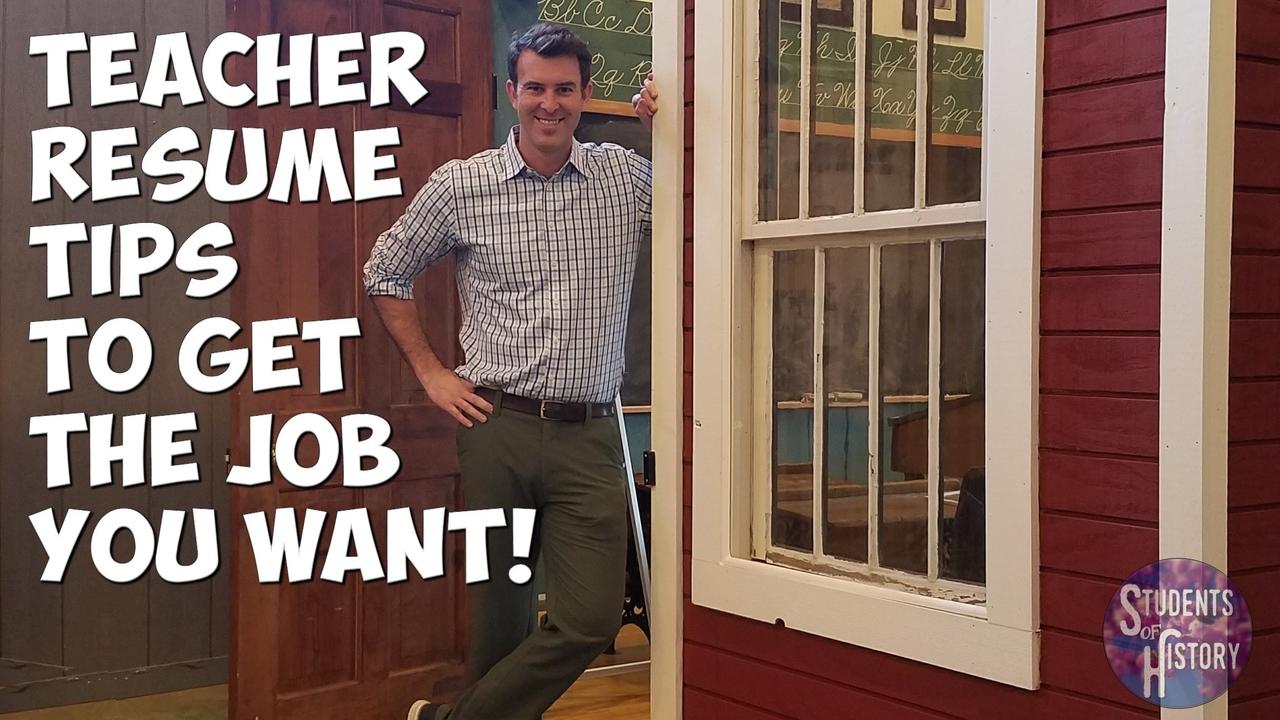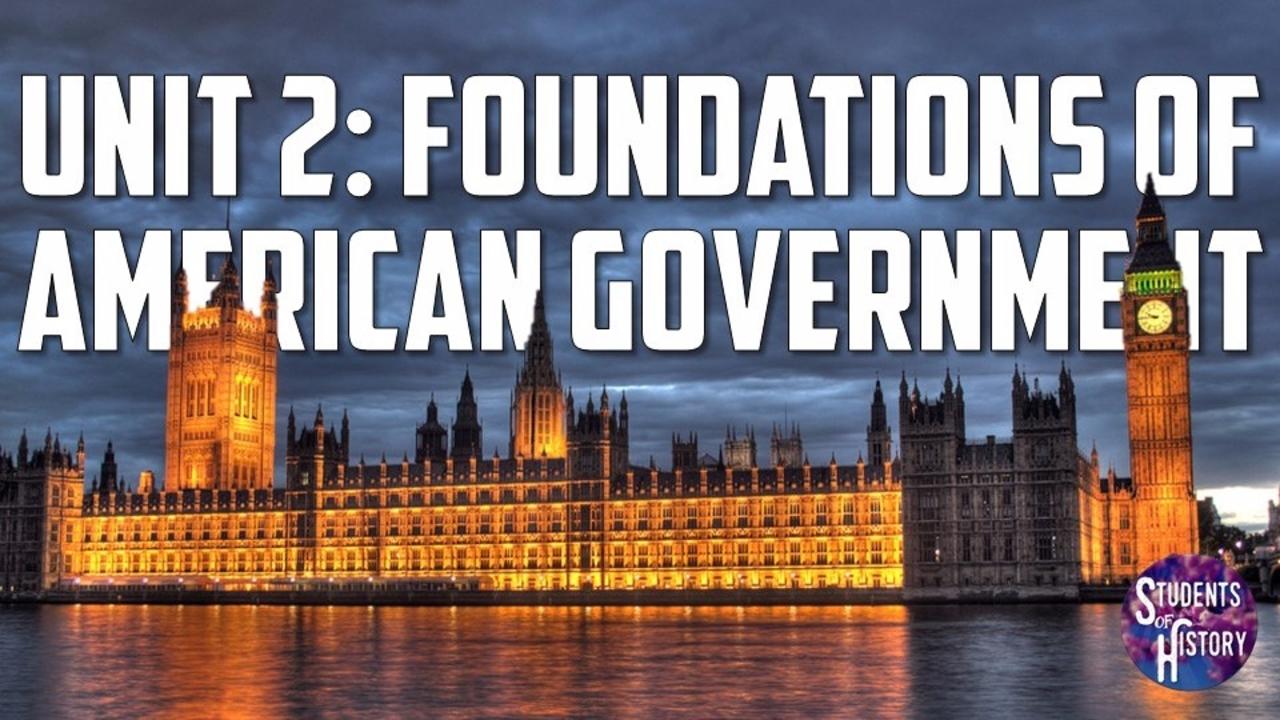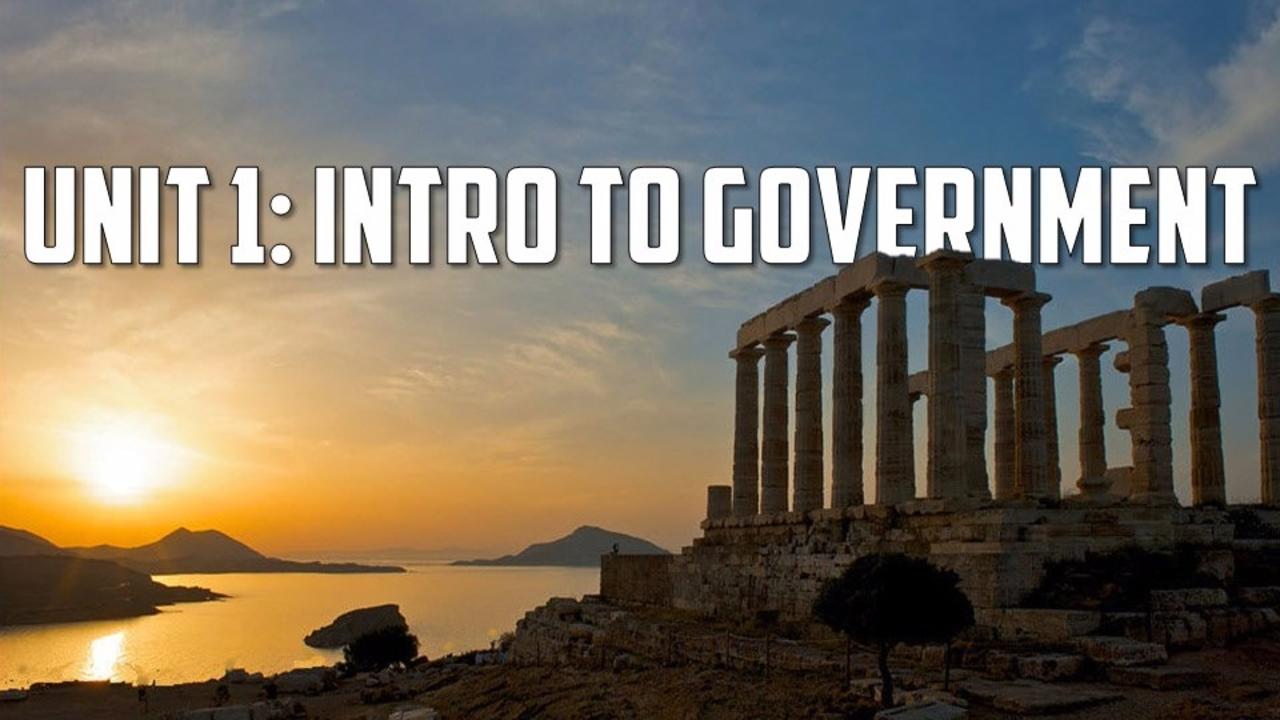Unit 11: State and Local Government

The final unit in our American Government Curriculum covers state and local government.
This unit usually covers about 2 weeks but can be longer depending on how in-depth you get into the Service Learning Project that concludes the unit.
The unit starts at the state level and progresses down from there to as local as you choose to go in your community.
The state government lesson goes over the basics of most state governments, highlighting the role of the governor, state legislatures, courts, etc. Since all states vary slightly, this is a good one to adjust a little if you need to depending on your state. The PowerPoint and guided notes worksheet are both fully editable so that this is a breeze.

The next lesson plan covers local governments and also includes an editable PowerPoint and guided notes. There's also a local government simulation and link to a fun online game students can play which simulates the role of municipal government leaders as well.
Students also study t...
Unit 10: Foreign Policy & Comparative Government

The 10th unit in our Complete American Government Curriculum is a 3-week unit on foreign policy and comparative government.
It begins with an overview of what foreign policy is, who helps create it, and the people and organizations involved in creating America's foreign policies. Students then analyze major foreign policies from throughout history, from Washington's warning about foreign entanglements in his farewell address, through the Monroe Doctrine, Dollar Diplomacy, the War on Terror, and others.

Students analyze a foreign policy current event issue as well and present their findings to the class. Another lesson has students analyzing various newspaper headlines from across the world to gain insight into the political culture of different regions.
Finally, students learn about international organizations like NATO and the EU and analyze their role in foreign policy and international diplomacy.
In all, all of the following topics are covered in this unit:
- What is fore ...
Teacher Interview Tips

Once you've got your resume polished up and sent out, hopefully you'll soon have some interviews lined up at schools. Competition for teaching and school leadership positions can be fierce, but with the right preparation you can ace your interviews and have schools lined up to hire you.
The key to a dazzling interview is simple: research the school you'll be interviewing with, prepare responses with a structure that makes your answers memorable, and create a "cheat sheet" to help remember your perfect answers.
Here's exactly how to do it plus some handy downloads to help you prepare!
Research
Once you find out you have an interview, start researching that school. You want to know its demographics, access to technology, testing data, percentage of ELL & IEPs, graduation rate, attendance, school improvement plan, any special initiatives, etc.
Look at its website, school profile, state and district pages, as well as any school Twitter, Facebook, or other social media accounts. The...
Resume Tips for Teachers!

Are you a teacher looking to move schools? Or move up to a department chair or assistant principal position? The first step in this process is having a resume that will stand out.
Schools sometimes get hundreds of applications for leadership positions. You want them to remember yours. Chances are, you're doing lots of noteworthy things in the classroom. The key is to note these and then present them in the best way possible to show off how great a teacher you are.
I've taught for 14+ years, been hired at a few schools for leadership positions, and sat in on interview panels where we talked about what we were looking for in a candidate.
Here's how I format the front of my resume (if you prefer a video overview, check out my Instagram's features stories). My teaching resume is on the left and administrator one on the right:

And then here's the reverse sides:

I know those aren't the easiest to see, but I'll take you through everything below.
Here's some of my most importa...
Unit 5: Campaigns, Elections, & the Media

After covering the ideology, the political spectrum, and political parties in the previous unit, this unit plan focuses on Campaigns, Elections, and the Media. Remember, you get immediate access to this engaging and thorough unit plan when you join Students of Civics!
Topics covered in this unit include:
- Campaigning
- How candidates are selected
- The election process
- Landmark American elections
- The Electoral College
- Campaign finance laws
- Citizens United and its affect on campaigns
- Gerrymandering
- The media and "Fake News"
- And more!
The unit begins with an overview of elections in the United States along with how political participation has increased through Amendments like the 15th & 19th, as well as other laws.
Next, students look at the Electoral College and significant or contested elections like those in 1876, 2000, and other years and the impact they had.

The next lesson plan has students analyzing gerrymandering and doing their own with maps to see if they ca...
Unit 4: Political Parties

Unit 4 in our complete American Government curriculum covers Political Parties and ideology!
This is an engaging unit filled with rigorous and relevant resources that both you and your students will appreciate.

Topics covered in the unit include:
- Political party platforms
- The 2-party system and history of parties in America
- The political spectrum
- Political parties quiz
- Comparing liberals & conservatives
- Analyzing campaign commercials
- Famous political ads in history
Each day throughout the unit, your students will be engaging with the highest quality resources and proven lesson plans.
There are primary sources including George Washington's farewell address, Google Doc digital resources, and engaging interactive notebook pages. To review, there is a Quizlet vocabulary set, Kahoot and Quizizz games, and more!
You can download this awesome unit here on TpT!
Or, consider joining Students of Civics and you'll have immediate access to all of these resources and comple...
Unit 9: Civil Liberties

Unit 9 in the Students of Civics curriculum focuses on the Civil Liberties and their place in America. This is 2-3 week unit plan will help your students understand what civil liberties are, when they were taken away in the past, and the role they play in our society today.
It's full of engaging and thought-provoking activities that you and your students will love.

Topics covered in this unit include:
- Civil Liberties vs. Civil Rights
- Freedoms guaranteed by the Bill of Rights
- Privacy rights
- The Incorporation Doctrine
- The Alien & Sedition Acts
- The Amistad case
- Abraham Lincoln's suspension of Habeas Corpus
- San Francisco's "Pigtail Ordinance" in the 1870's
- Executive Order 9066
- 9/11, the Patriot Act, and Civil Liberties
- A lesson on Charlottesville & Confederate monuments
- The ACLU and current Civil Liberties issues
The unit begins with the basics of Civil Liberties and how they differ from Civil Rights. There's a PowerPoint with guided notes, reading, and worksheet, p...
American Constitution Unit Plan

Obviously, for an American Government course, one of the most important units of the year is that on the US Constitution. Students need to leave your class with a thorough understanding of America's founding document, and with our Complete Civics Curriculum, that's exactly what will happen!
This month-long unit on the Constitution features tons of great activities, including all of these:
- Constitution Google Drive Digital Notebook
- Interactive Notebook Pages for the Constitution
- Class Constitution Group Project
- Constitution and Constitutional Convention PowerPoint Lesson
- Compromises of the Constitutional Convention Reading
- Bill of Rights Scenarios Analysis Worksheet
- Constitution and Convention CLOZE Vocabulary Reading
- Comparing Plans of the Constitutional Convention
- Federalist Papers 10 and 51 Analysis Worksheets
- Founding Fathers of America Magic Portrait PowerPoint
- Constitutional Convention Pop-Up Figures "Rise of Democracy" Lesson
- Alexander Hamilton: Lesson Plan for t...
Unit 2: Foundations of American Government Unit Plan & Lessons

After finishing the first unit on the beginning and purpose of government, Unit 2 in our curriculum focuses on the foundations of America's government.
Topics covered in this month-long unit include:
- Government in Athens and Ancient Rome
- The Magna Carta, Petition of Right, & English Bill of Rights
- Locke, Hobbes, and the Enlightenment Philosophers
- The Mayflower Compact
- Thomas Paine's Common Sense
- George Mason and the Virginia Declaration of Rights
- Jefferson and the Statute of Religious Freedom
- The Declaration of Independence
- The Fundamentals of American Democracy
Students begin the unit comparing the governments of ancient Athens and Rome using an interactive Google Drive page and station activity.
Next, students analyze the development of rights in England with a PowerPoint and guided notes sheet, reading on the Magna Carta, Google Drive page, and podcast.

Day 3 has students looking at the Enlightenment through an engaging "Magic Portrait" PowerPoint on the Enli...
Unit 1: Intro to Government

The first unit in our American Government curriculum introduces students to the basics of government over 2 weeks.
Topics covered in this unit include:
- Defining a State and their Characteristics
- Introducing the Purpose of Government
- Theories on How Government Began
- Types of Governments
- Characteristics of Democracy
The first day in the unit features a PowerPoint and guided notes / interactive notebook page on the "state" and what the purpose of government is. Students then use an interactive Google Drive page to use the Preamble of the Constitution as a way to look at the purposes of government.

Day 2 features another PowerPoint and interactive notebook page along with a fun "chalkboard splash" activity and cartoon assignment.
Next, students look at forms of government with a stations activity, video, and assignment to look at modern examples of each form of government.
The next class period, students watch a short, video on democracy, review a PowerPoint with guided...